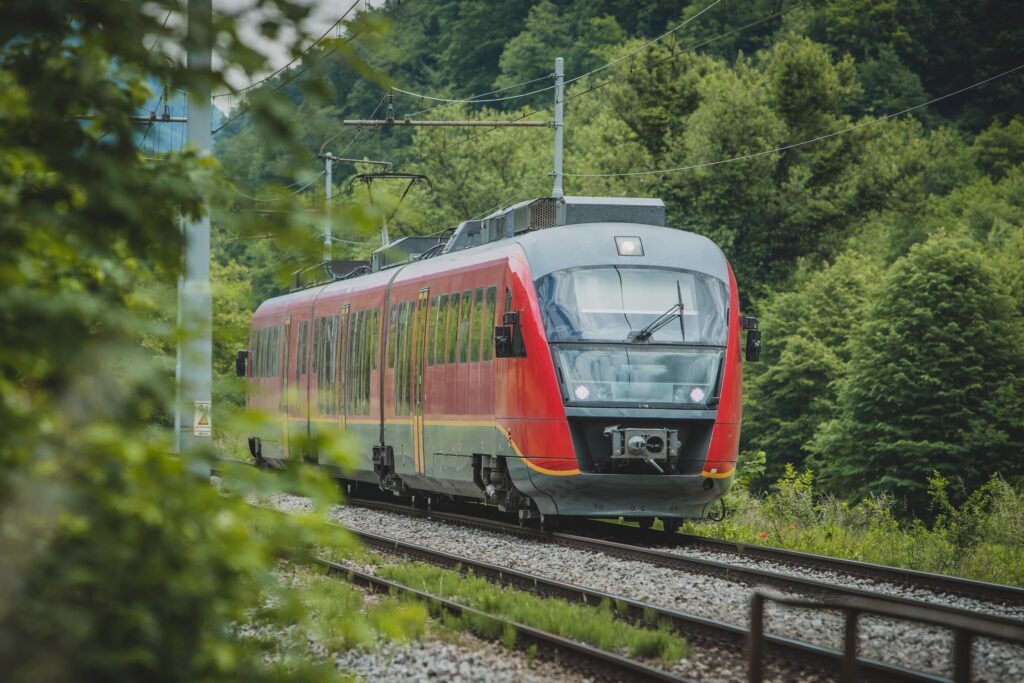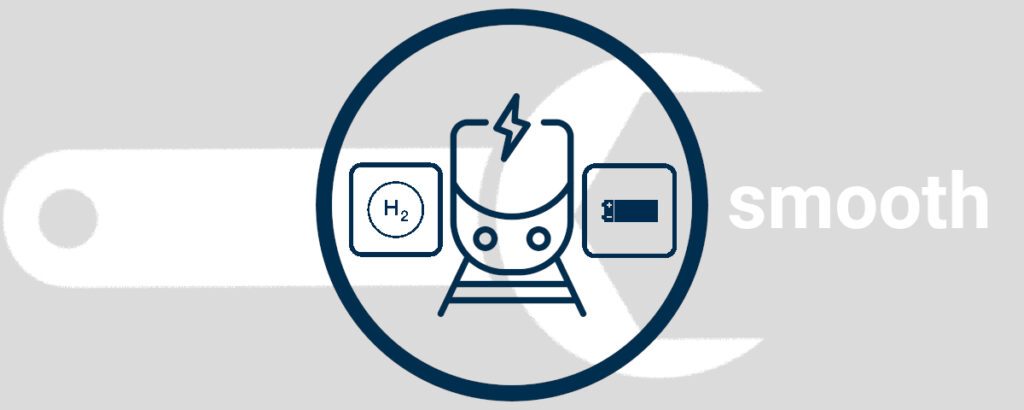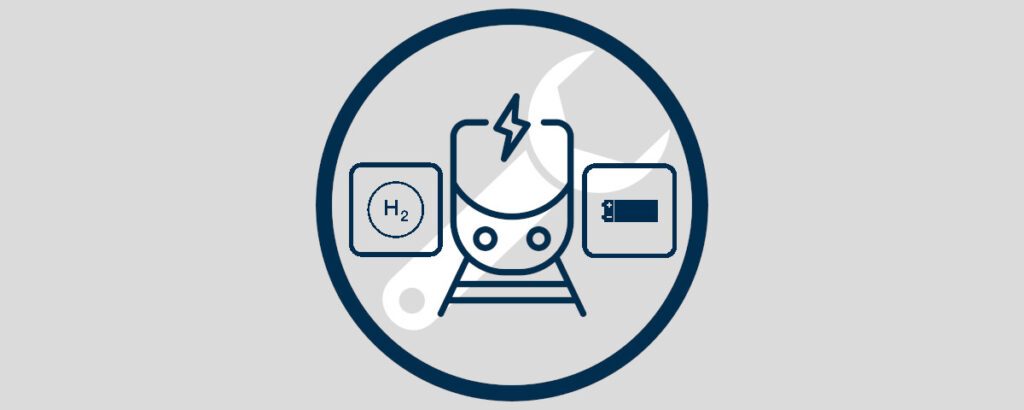
Trains
In Germany, trains are an important part of citizen’s mobility mix and for the transport of goods and merchandise. However, only about 60 percent of the route kilometers in local rail passenger transport (SPNV) are electrified. This necessitates the use of diesel-powered trains in regional rail transport. In order to significantly reduce CO2 emissions from the rail sector and at the same time avoid expensive infrastructure expansion, rail companies must promote the use of trains with alternative drive concepts, such as battery or hydrogen trains on non-electrified lines.
How the Reiner Lemoine Institute helps
RLI can help to plan infrastructure needed for operations. For this purpose, the institute has developed the Giro tool to investigate in a technology-open way the operation of alternative drive concepts in regional rail transport. It helps to develop an optimal strategy for the installation of overhead contact line, charging and H2 tank infrastructure on site. Our researchers use it, for example, to digitally map route and timetable data and evaluate operation simulatively. Simulations of all trains (simultaneously, time-resolved) in a network area are also possible. This makes it easier to understand energy consumption and the vehicles’ energy storage state of charge over the course of the day.



